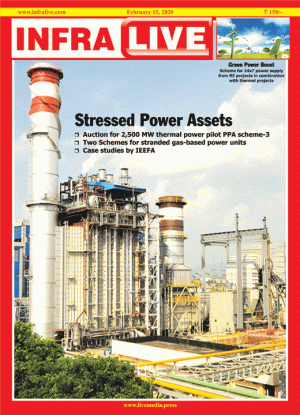Bringing in tariff changes which will impact how gas is transported over distances, PNGRB has notified a two-zone tariff structure. Zone-I encompasses a distance of 300 km from the gas source, while Zone-II is the distance beyond. Up until now, tariff was determined directly in proportion to distance of gas being transported, that is users staying near the gas source paid less while those in the hinterland paid more. This structure is now being changed by the new unified tariff regime. As per this unified tariff formula the users near the source will see a hike in price while those staying far will see a reduction. Zone-I users will pay 40 per cent of what Zone-II users will be paying.
This new tariff is fixed for over a dozen pipelines that form the National Gas grid. The unified tariff will be calculated by dividing the total revenue entitlement payable to authorized entities transporting gas by total volume of gas transported across the national gas grid. This will give the unified tariff in Rs/MMBTU.
PNGRB has also issued regulations for CGD networks whose 5-year marketing exclusivity period has ended.
Also in the edition is an extensive coverage of Electric Vehicle (EV) preparedness in UK, China and India. British PM, Bris Johnson has announced a ban on the sale of petrol and diesel cars by 2030. This ban has been agreed to by car manufacturers and sellers. The UK has put together a £12 billion green agenda, including £1.3 billion to roll out charging points for electric vehicles in homes, streets and on motorways across England. Billed as UK’s Green Industrial Revolution, the 10-point plan also includes allocations for incentivising purchase of zero/low emission vehicles, development and production of EV batteries and a host of R&D related benefits.
China’s EV development goal is to have pure electric vehicles (PEVs) as the mainstream option for automotive sales and usage, by 2035. In a 15-year plan for new-energy vehicles (NEV) released in November China has said the country will focus on building the fuel-cell supply chain and developing hydrogen-powered trucks and buses. China is targeting to have 1 million fuel-cell vehicles in operation by 2030.
In India, the focus is on charging infrastructure and tax exemptions for EV promotion. Some states are pro-active in providing facilities for developing EV production chains.




